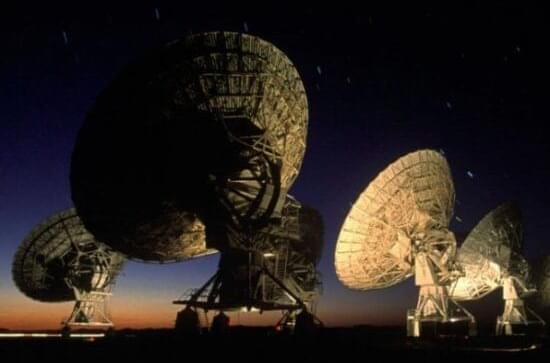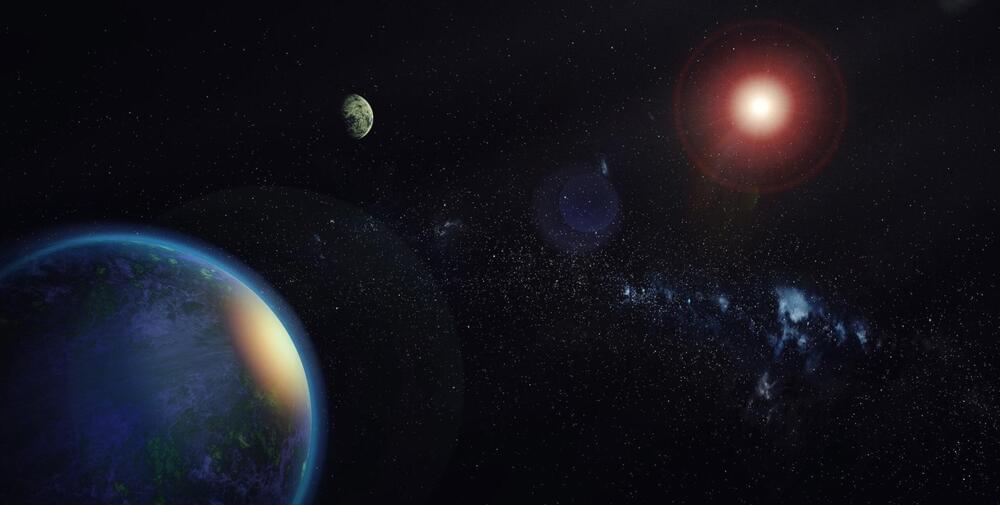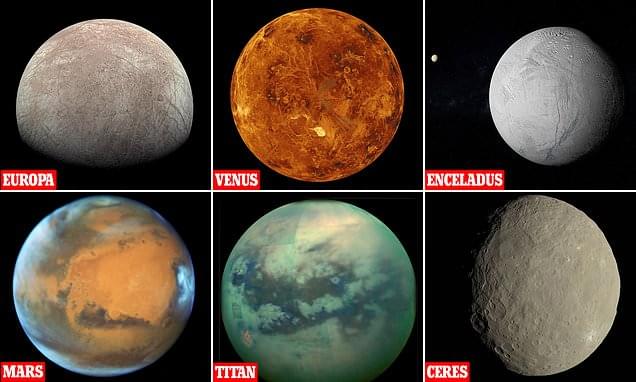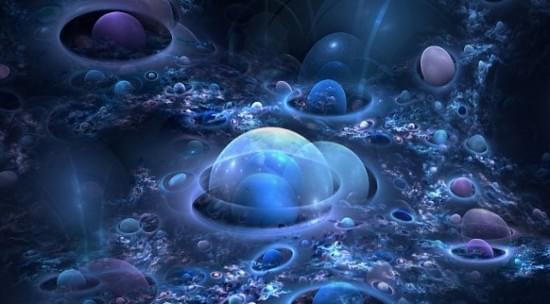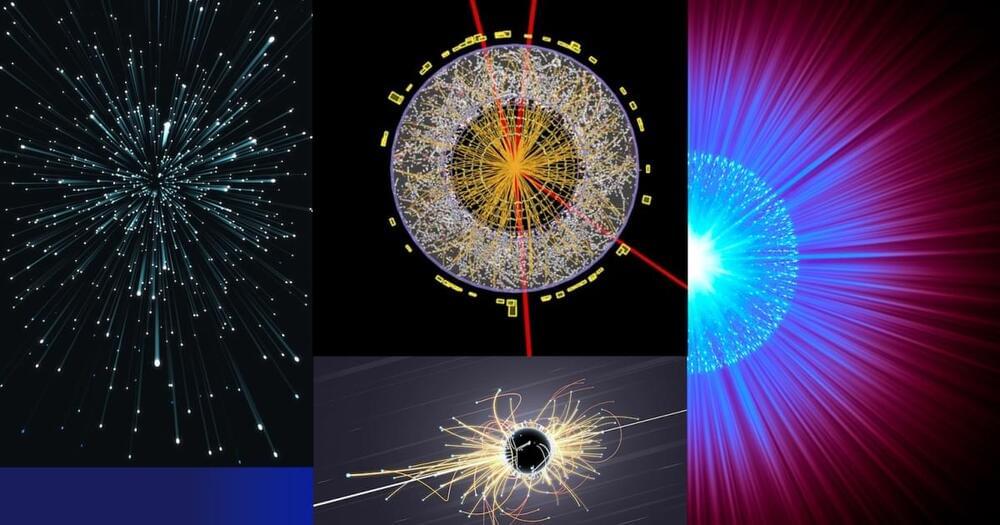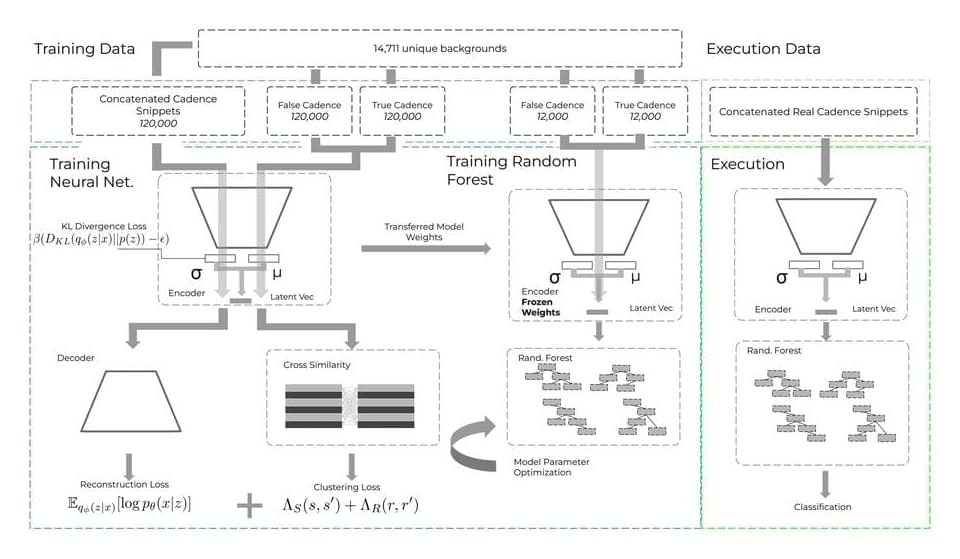Get a Wonderful Person Tee: https://teespring.com/stores/whatdamath.
More cool designs are on Amazon: https://amzn.to/3wDGy2i.
Alternatively, PayPal donations can be sent here: http://paypal.me/whatdamath.
Hello and welcome! My name is Anton and in this video, we will talk about new explanations of the Fermi paradox focusing on the Hart Tipler Conjecture that tries to disprove the existence of extraterrestrial intelligence.
Links:
https://ui.adsabs.harvard.edu/abs/1975QJRAS…16…128H/abstract.
https://arxiv.org/abs/2301.09575
Potential other resolutions of Fermi paradox:
https://www.youtube.com/watch?v=b3xro2jHevk.
https://www.youtube.com/watch?v=k_B9YP5nEWw.
https://www.youtube.com/watch?v=b3xro2jHevk.
Hawking radiation: https://youtu.be/6h6MgvBLrxk.
Penrose process: https://youtu.be/A-WIsnoX2Uw.
0:00 Intro.
0:40 Hart-Tipler Conjecture in a nutshell.
3:40 Main criticism of this idea.
7:10 Potential conclusions.
9:00 Potential solutions from Quantum Computing.
Support this channel on Patreon to help me make this a full time job:
https://www.patreon.com/whatdamath.
Bitcoin/Ethereum to spare? Donate them here to help this channel grow!
bc1qnkl3nk0zt7w0xzrgur9pnkcduj7a3xxllcn7d4
or ETH: 0x60f088B10b03115405d313f964BeA93eF0Bd3DbF
Space Engine is available for free here: http://spaceengine.org.
